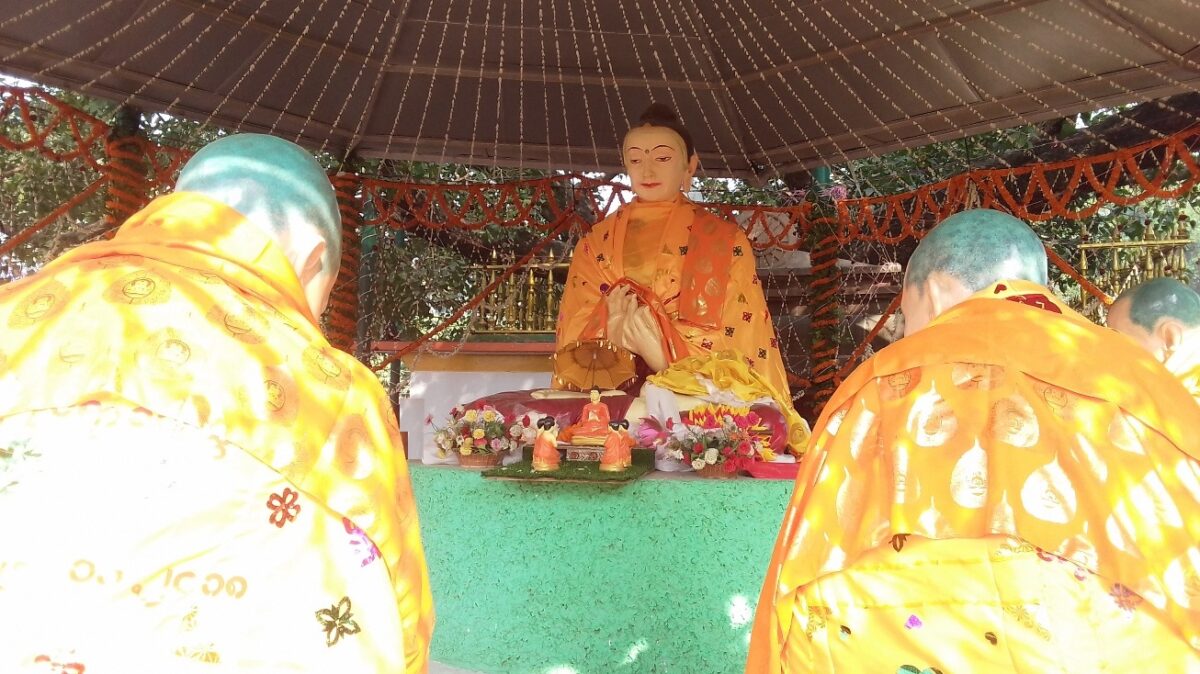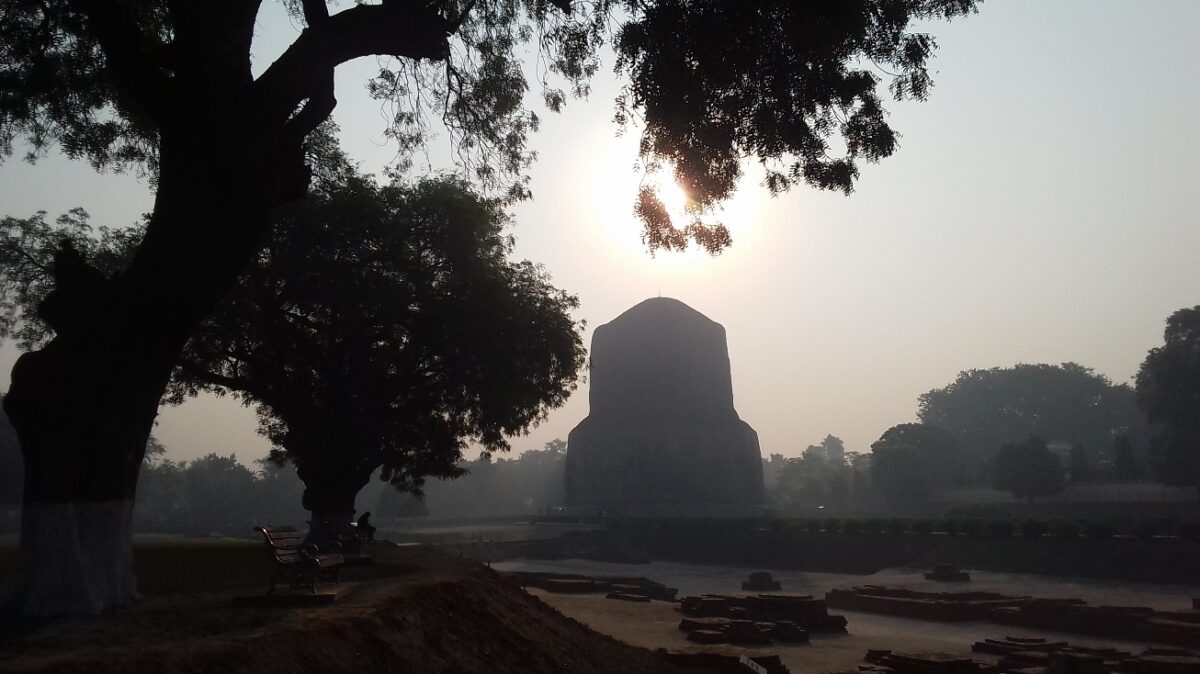The Salem Witch Trials were a series of hearings and prosecutions of people accused of witchcraft in colonial Massachusetts between February 1692 and May 1693. These trials were fueled by superstition, religious fervor, and social paranoia, resulting in the execution of 20 people and the imprisonment of many others. The events remain one of the most infamous examples of mass hysteria in American history and have been widely studied as a cautionary tale about the dangers of isolation, scapegoating, and judicial injustice.
Historical Context
The trials took place during a time of great uncertainty and upheaval in colonial New England. Salem, a Puritan settlement, was deeply rooted in a strict interpretation of Christianity, with an intense belief in the literal existence of the devil and the supernatural. The Puritans viewed the wilderness surrounding their town as a dark and dangerous place filled with evil forces. Additionally, the colony was recovering from the aftermath of King Philip’s War, a brutal conflict with Native Americans that left many towns devastated. Economic struggles, political instability, and fear of external threats heightened tensions within the community.
In 1689, Massachusetts had also experienced a significant political shift. The Puritan government’s charter was revoked, and a new charter was imposed in 1691, creating tension between traditional Puritan leadership and the Crown-appointed officials. This led to social and economic divisions, with factions forming within communities, including Salem Village, which was particularly fractured by disputes over land ownership, ministerial leadership, and local governance.
The Spark of the Trials
The Salem Witch Trials began in January 1692 when two young girls, Elizabeth “Betty” Parris (9 years old) and Abigail Williams (11 years old), the daughter and niece of Reverend Samuel Parris of Salem Village, began exhibiting strange behavior. They screamed, contorted their bodies, and claimed to experience violent fits. A local doctor, William Griggs, diagnosed the girls as being afflicted by witchcraft, setting off a wave of fear.
Soon, other young girls in the village, including Ann Putnam Jr., Mercy Lewis, and Mary Walcott, began showing similar symptoms. Under pressure, the girls accused three women of bewitching them: Tituba, an enslaved woman from the Parris household; Sarah Good, a homeless beggar; and Sarah Osborne, an elderly woman who rarely attended church. These women were easy targets due to their marginalized status within the community.
During their examinations in March 1692, all three women were interrogated. Tituba confessed, possibly under duress, and described elaborate stories of the devil’s pact and witches conspiring against the community. Her vivid testimony fueled the hysteria and led to the identification of additional suspects.
The Trials
The Salem Witch Trials were conducted by a special court of Oyer and Terminer, established by Governor William Phips in May 1692. The court was headed by prominent figures such as Chief Justice William Stoughton. The trials relied heavily on spectral evidence, a controversial form of testimony in which witnesses claimed to see the spirit or specter of the accused tormenting them. This type of evidence was not tangible and could not be corroborated, yet it was accepted by the court as legitimate proof of guilt.
Over 200 people were accused of witchcraft during the trials. Among the most notable were Rebecca Nurse, a respected elderly woman, and Giles Corey, an 81-year-old farmer who refused to enter a plea and was pressed to death with heavy stones. His defiance and tragic death became a symbol of resistance to the trials. Nineteen individuals were hanged, most of them women, while others died in prison awaiting trial. The youngest accused was Dorcas Good, the 4-year-old daughter of Sarah Good, who was imprisoned and traumatized by the experience.
Witness Accounts and Key Figures
Much of what is known about the Salem Witch Trials comes from court records, sermons, and eyewitness accounts. Cotton Mather, a prominent Puritan minister, played a significant role in supporting the trials through his writings and sermons. However, his father, Increase Mather, later became critical of the proceedings, famously stating, “It were better that ten suspected witches should escape than one innocent person be condemned.”
The afflicted girls provided the majority of the accusations, and their testimonies were considered credible despite their young age and lack of physical evidence. One account from Ann Putnam Jr. accused Rebecca Nurse of appearing in spectral form and tormenting her, a claim that ultimately led to Nurse’s conviction and execution despite widespread doubts about her guilt.
Tituba’s testimony was pivotal in shaping the narrative of the trials. She claimed that witches met in secret ceremonies and plotted against the Puritan community. Her statements, which may have been coerced, added to the paranoia and led to a cascade of accusations.
End of the Trials
By late 1692, skepticism about the trials began to grow. Prominent ministers and political leaders started questioning the validity of spectral evidence and the fairness of the proceedings. Governor Phips eventually dissolved the Court of Oyer and Terminer in October 1692 and replaced it with a new court that disallowed spectral evidence. The new court acquitted many of the remaining accused, and the executions ceased.
In May 1693, Governor Phips pardoned all those still imprisoned on charges of witchcraft. However, the damage had already been done. The trials had left a deep scar on the community, with families torn apart and many people left to grieve the loss of their loved ones.
Aftermath and Legacy
In the years following the trials, efforts were made to atone for the injustices. In 1697, the Massachusetts General Court declared a day of fasting and soul-searching for the tragedy of Salem. In 1702, the trials were officially declared unlawful, and in 1711, the colony passed a bill restoring the rights and reputations of those accused and granting financial restitution to their families. However, many families did not receive adequate compensation, and the stigma of the accusations lingered for decades.
The Salem Witch Trials have since become a symbol of the dangers of mass hysteria, religious extremism, and judicial corruption. They have been the subject of countless books, films, and plays, most notably Arthur Miller’s “The Crucible,” which used the trials as an allegory for McCarthyism in the 1950s.
Key Facts
- The trials took place between February 1692 and May 1693.
- 20 people were executed: 19 by hanging and one, Giles Corey, by pressing with stones.
- Over 200 people were accused, and dozens were imprisoned.
- The youngest accused was Dorcas Good, only 4 years old.
- Spectral evidence, which involved visions and spirits, played a central role in convictions.
- The Court of Oyer and Terminer was established specifically to handle the cases but was dissolved after increasing criticism.
- The trials were formally deemed unlawful in 1702.
Witness Accounts and Records
Several firsthand accounts of the trials exist, including records of testimonies, letters, and sermons. Cotton Mather’s book “Wonders of the Invisible World” defended the trials, while critics like Robert Calef wrote scathing critiques of the events. These records provide insight into the mindset of the period and the social dynamics that allowed the hysteria to escalate.
Lessons from Salem
The Salem Witch Trials continue to serve as a cautionary tale about the dangers of scapegoating and the breakdown of due process. They highlight the need for critical thinking, evidence-based judgments, and the protection of individual rights. The events of 1692 remain a sobering reminder of how fear and intolerance can lead to devastating consequences.


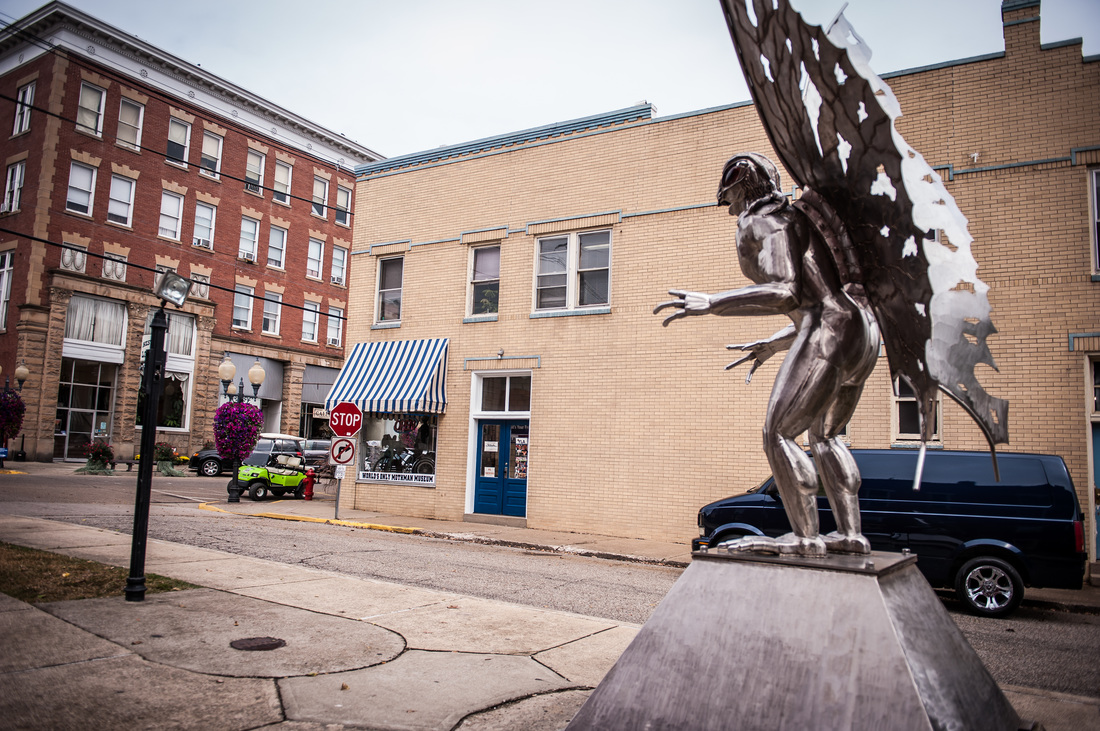

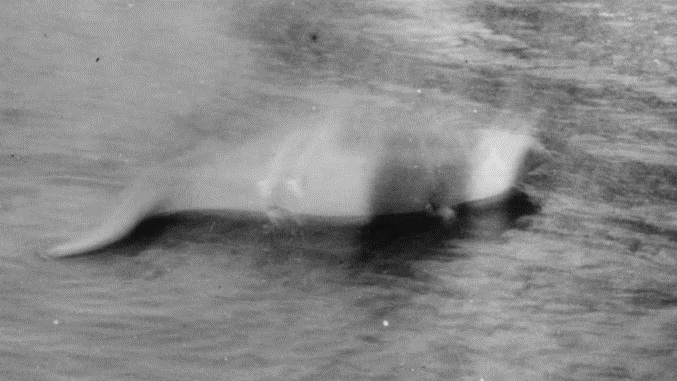 This account coincided with the construction of a new road along the loch, offering better views and increasing human activity in the area. Shortly after, sightings surged, and the media sensationalized reports of a “sea serpent-like” creature in the lake. That same year, the famous “Surgeon’s Photograph” was published in 1934, showing a long neck rising from the water. For decades, this black-and-white photo was considered the best evidence of Nessie’s existence. However, in 1994, it was revealed to be a hoax—a staged image using a toy submarine and a crafted head.
This account coincided with the construction of a new road along the loch, offering better views and increasing human activity in the area. Shortly after, sightings surged, and the media sensationalized reports of a “sea serpent-like” creature in the lake. That same year, the famous “Surgeon’s Photograph” was published in 1934, showing a long neck rising from the water. For decades, this black-and-white photo was considered the best evidence of Nessie’s existence. However, in 1994, it was revealed to be a hoax—a staged image using a toy submarine and a crafted head.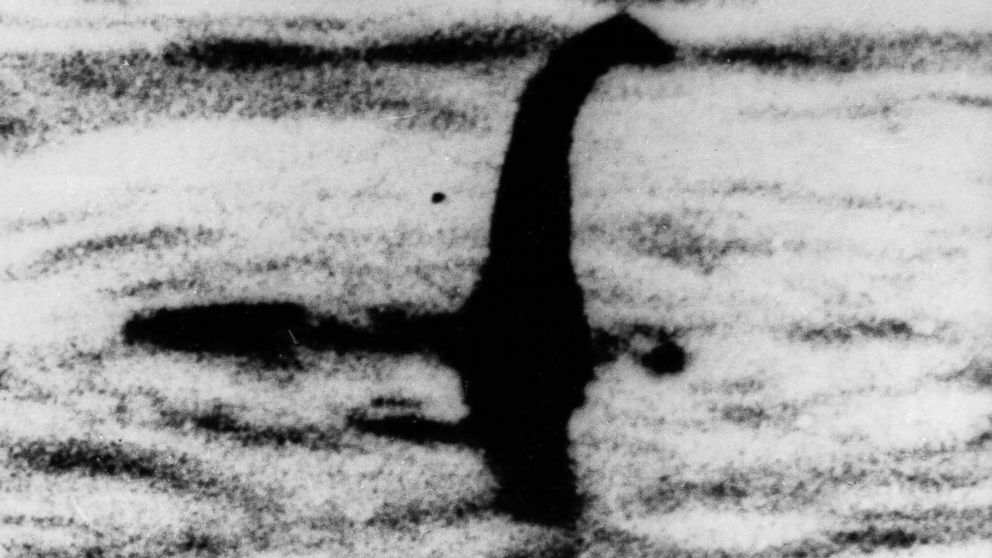 Loch Ness itself plays a crucial role in sustaining the mystery. Stretching approximately 36 kilometers (22 miles) long, 1.5 kilometers (1 mile) wide, and plunging to depths of about 230 meters (755 feet), it is the second-largest loch in Scotland by surface area but the deepest by volume. Its dark, peat-stained waters often obscure visibility, creating an ideal environment for speculation about unknown creatures lurking below.
Loch Ness itself plays a crucial role in sustaining the mystery. Stretching approximately 36 kilometers (22 miles) long, 1.5 kilometers (1 mile) wide, and plunging to depths of about 230 meters (755 feet), it is the second-largest loch in Scotland by surface area but the deepest by volume. Its dark, peat-stained waters often obscure visibility, creating an ideal environment for speculation about unknown creatures lurking below.



